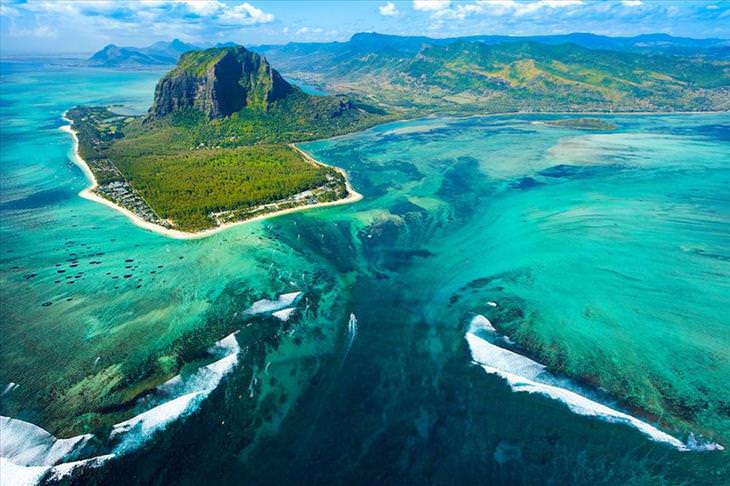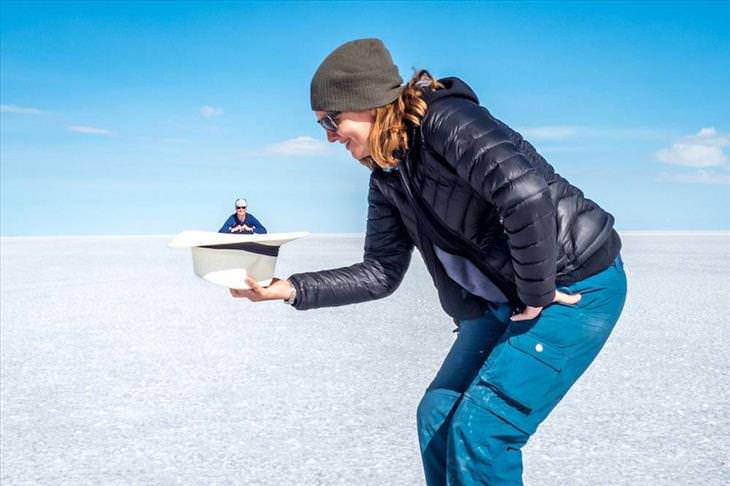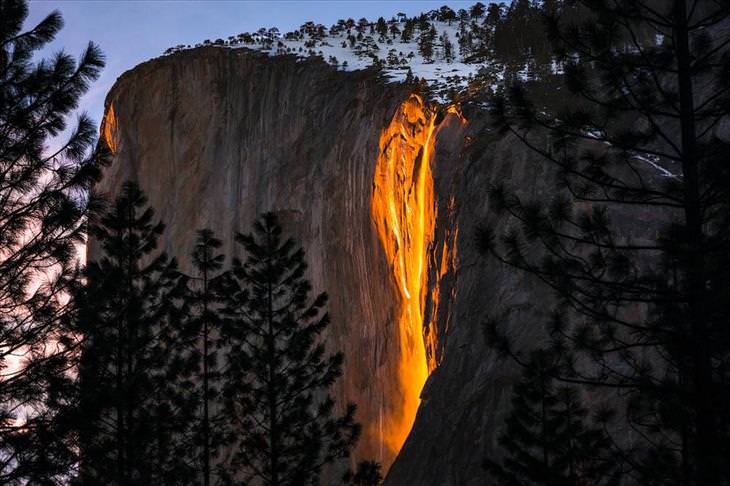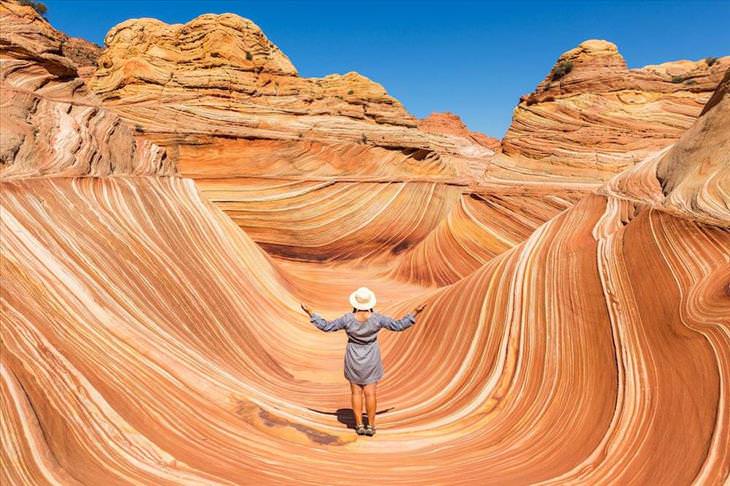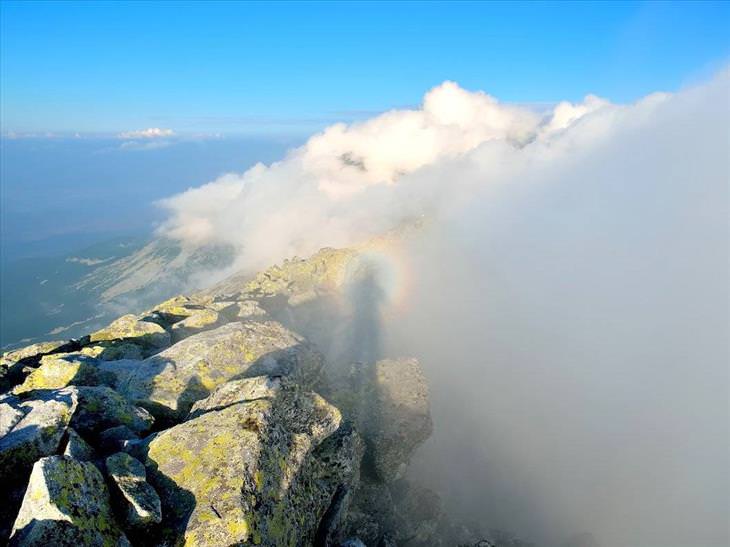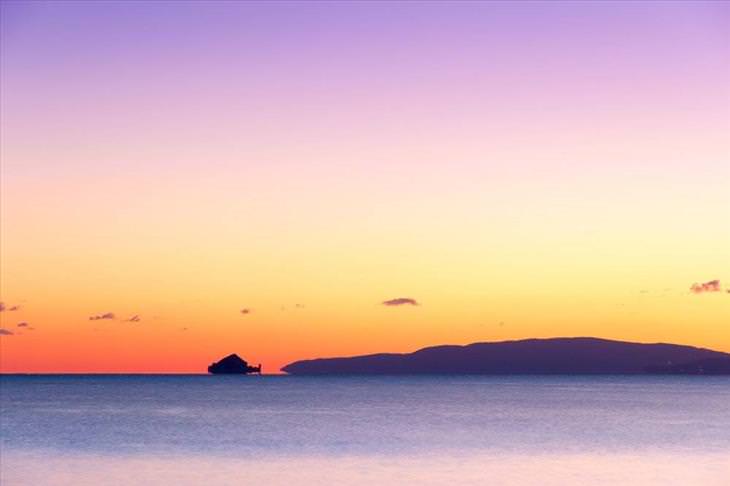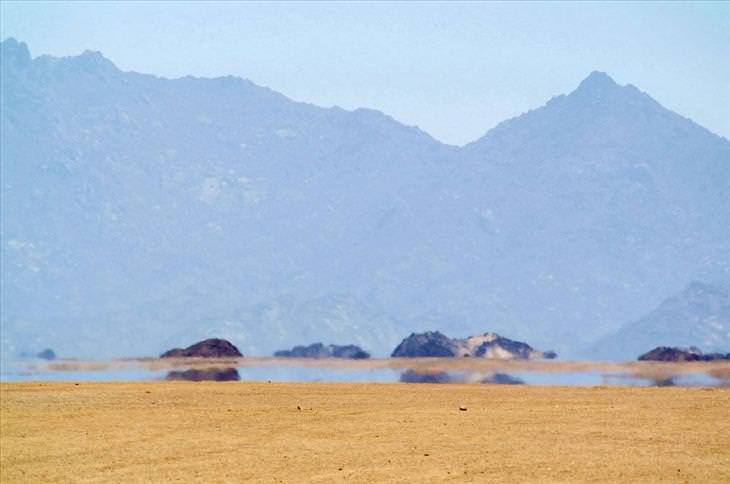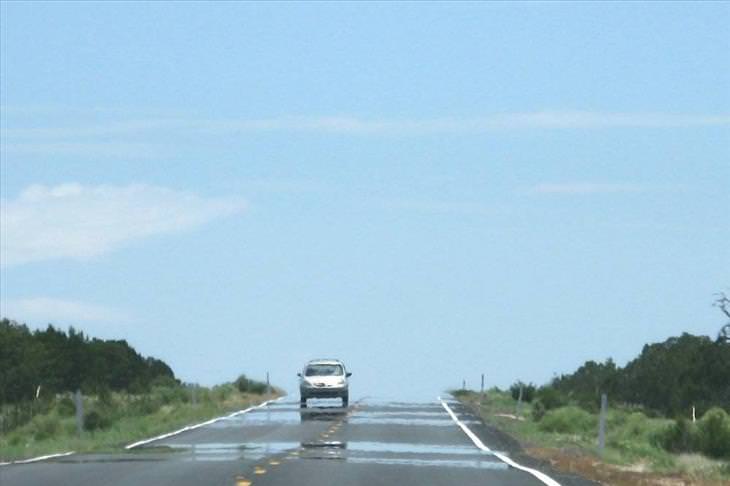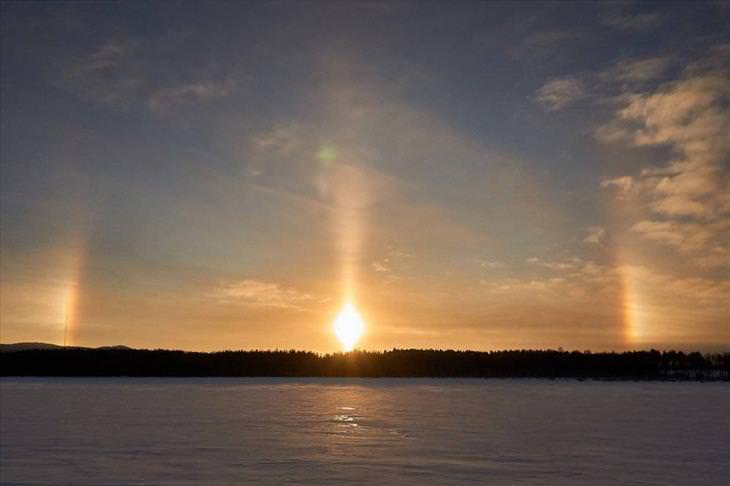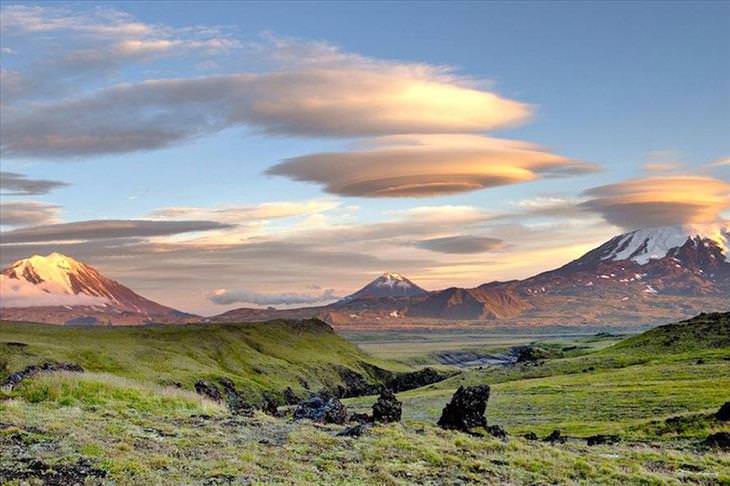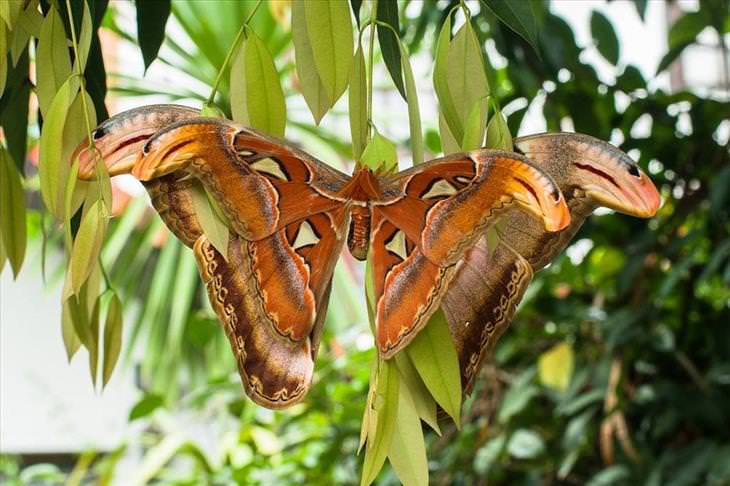

Have You Seen Vintage Pictures This Cute Before?
It's always great when beautiful vintage photos turn up, but they're even better when they feature adorable dogs and cats all dressed up! Take a look.
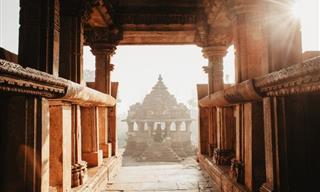
India in Pictures: The Land of Many Diverse Colors
Explore the rich beauty of India through photographer Anastasiya Dubrovina’s stunning pictures.

This Photographer Creates Uniquely Magical Illusions
Sometimes perspective is everything in photography and can completely change the way you look at something. Check out these photos.

Don't Let Them Fool You: The Truth Behind Photography!
These photos prove that photography is not always what it seems...

Have You Ever Seen Such Stunning, Artistic Photography?
What's better than a collection of photographs of stunning locations? Adding models wearing beautiful dresses, of course!

These Photos Have Amazed the World...
From the epic majesty of our galaxy to the pure, simple beauty of a tortoise interacting with a butterfly, these photos are wonderful.

Thyroid Pain: What to Look for and When to Go See a Doctor
Thyroid pain is an uncomfortable sensation that many people struggle to identify, often mistaking it for other neck or throat issues. Understanding what thyroid pain feels like and when it requires medical attention can help you catch potential healt

In Pictures - 2024 Science Photography Contest Winners
Check out the incredible winners of the 2024 Beaker Street Science Photography Festival.
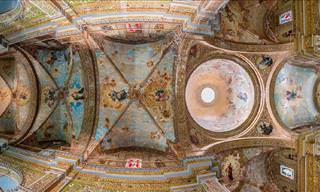
Look Up! Take a Look at Stunning Panoramic Church Ceilings
These unique photos of the interior of beautiful churches is something I won't soon forget.
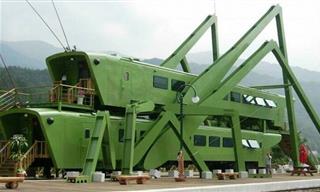
These Unconventional Buildings Will Make You Look Twice!
You haven't seen such bizarre buildings before!
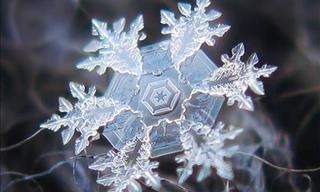
These 14 Microscopical Images Reveal a Whole New World
These 14 images prove that taking a closer look can make the world look incredibly richer and more beautiful. We just need some microscopy to appreciate it.
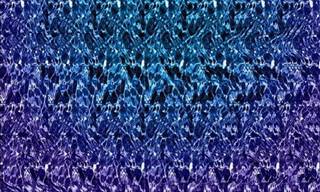
18 Great 3D Images That’ll Bring You Back to the 90s
These 18 nostalgic images will bring many of you back to the 90s, and make you stare at the screen trying to figure out whats going on in them!
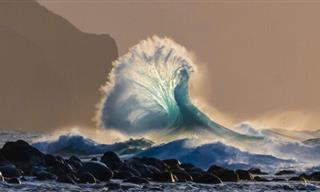
These Stunning Panoramic Photos Will Leave You in Awe
The exceptional winners of the 2024 Epson International Pano Awards will leave you in awe.

A Glimpse at Halloween Festivities in the '20s and '30s
These vintage Halloween photos will give you the real chills.

Historic USA: The Earliest Photo from Every State
The American Library of Congress has put together what it believes to be some of the earliest photos from each US state. Take a look.
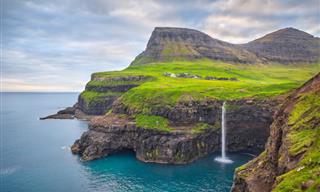
The Charm of the Faroe Islands in 12 Stunning Photos
Are you familiar with the Faroe Islands? The natural beauty of this European archipelago is often compared to that of Iceland.
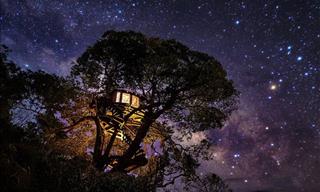
The Night Sky Feels like a Magical World in These Pics
Marvel at these strikingly beautiful nighttime photos by a Japanese photographer who captures the magic of the night sky perfectly.
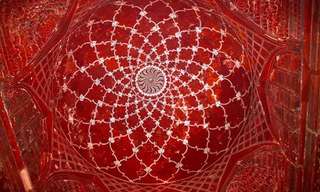
These Remarkable Ceilings Are a Different Kind of Art!
These fantastic ceilings come from mosques all over the world and one must admit they design is unique, complex and beautiful.
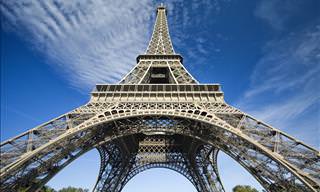
18 Things About the Eiffel Tower You Never Knew
The Eiffel Tower is perhaps the best known and loved building in the world. Not surprisingly, there are a lot of wild stories about it. Here are some...
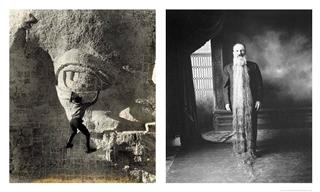
These Extremely Rare Photos Will Teach You Something New
Prepare to see history in a whole new light through these fascinating snapshots.

These Photos Are Nothing Less Than Completely Surreal...
Have you ever seen photos that are so perfectly timed, they leave you with your mouth hanging open? Here are 19 of the most surreal photos you'll ever see.

Lets Open a Window to the Past...
These 16 black and white 20th century photos show us some of the most interesting moments of the 20th century.

Relive the 1940s Through These Fascinating Photos
These vivid photos will transport you to a bygone era - the United States during the Great Depression and World War II. Absolutely fascinating!

12 Award-Winning Designs That Redefine Innovation
Check out the innovative award-winning entries from the European Product Design Award.
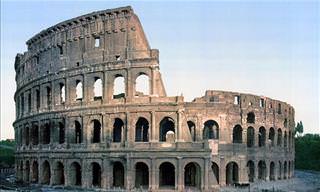
The Full Glory of a Golden Rome...
Look at these unbelievably colorful postcards from Rome, resurrected by Retronaut.

Remembering the Animals of War in 10 Colorized Photos
These colorized photos honor a few animals heroes who served in WW1 and WW2.

500 Years of Living Room Design in 12 Astonishing Pictures
Admire how living room interior design has been changing for the past 500 years in 12 astonishingly beautiful pictures
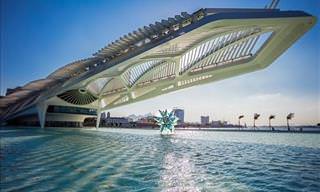
These 18 Buildings Show Just How Artistic Some Architects Are
When you talk about artists, you usually think of painters, sculptors, dancers, singers, and even actors, but you’ll rarely hear anyone include architects. It's impossible to not stare in astonishment at these 18 buildings that are simply works of ar

When Jack-o’-Lanterns Became Works of Art (15 Pics)
Get inspired by these unbelievably creative Halloween pumpkins.

RARE: 15 Uncommon Things You've Probably Never Seen Before
The world is full of amazing, bizarre, and interesting things.

10 Historical Figures Side by Side Their Live Descendants
Have you ever wondered how the modern-day descendants of some of the most iconic historical figures looked like? Wonder no more, here they are.

These Confusing Pictures Will Make You Look Twice...
You will need to look at these pictures twice to properly understand them.
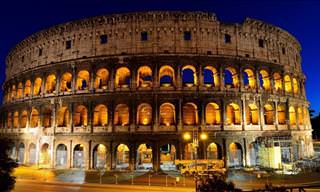
What Did the Romans Ever Build for Us? This, This, This...
Take our tour of the Roman Empire's most magnificent ruined structures. Just how did they achieve so much!

Here Are 14 of the Funniest Wildlife Pictures You Will See
Sometimes wild animals can be pretty amusing without realizing it and these hilarious pictures show them at their funniest!

15 Photos That are Worth Much More Than A Thousand Words
Sometimes, as the following 15 fantastic photos prove, a picture is worth a lot more than a thousand words. Take a look and we're sure you'll agree!
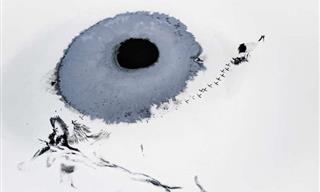
The World From Above: 14 Award-Winning Drone Shots
Check out the amazing drone photos from the 10th Annual SkyPixel Aerial Photography Awards.
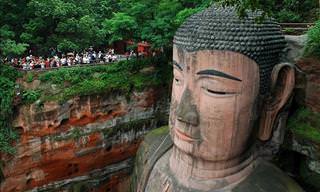
7 Incredible Ancient Engineering Feats to Astound You
Our ancient ancestors were incredible engineers as you're about to learn from this infographic.

25 Poignant Photos With Important Stories Behind Them
These 25 fascinating photos may seem ordinary or odd at first glance, but once you read the stories behind them, you'll be wowed!

These Photos are Among the Most Powerful Ever Taken
Images can provoke great thought and institute great changes through their power, and these 10 are no exception. Take a look at these powerful images.
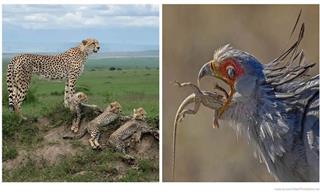
In Pictures – Smithsonian Magazine’s Award Winners
Check out the outstanding nature and drone winners from Smithsonian Magazine’s Awards.

15 Stunning Photos That Reveal the Beauty of Outer Space
Explore the cosmos through these captivating photos.
 16:41
16:41
Dialect Coach Checks If Star Actors Can Shed Their Accents
How hard is it for actors to fake an accent in a specific role? Language coach Erik Singer explains this on 32 examples from famous films.

15 Mall Photos That Capture the Retro Shopping Scene
These throwback mall pics are a blast from the past.
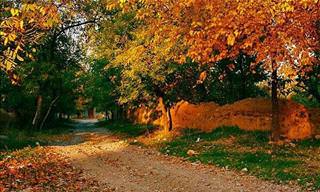
The Undeniable Beauty of Autumn: 18 Gorgeous Fall Scenes
You are invited to take a visual tour and look at a collection of fall photographs gathered from different places around the world. After seeing these 16 pictures you'll probably make fall your favorite season!

Our Planet Has Such Awe-Inspiring Architectural Wonders
Enjoy this collection of awe-inspiring architectural wonders of our world.
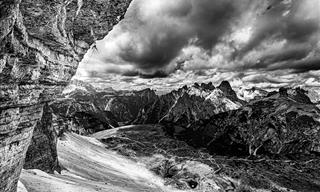
This Photo Contest Celebrates the Majesty of Mountains
Check out the amazing winning images from the 2021 International Photography Contest of Mountain Activity.
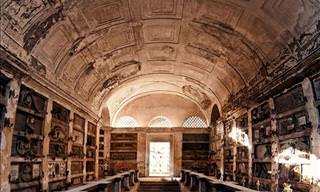
Stunning! Have You Ever Seen Photos Captured at This Angle?
Vertical panoramas capture the true beauty of architecture. See these stunning photos here.

Create 17 Wonderful Objects from Your Old Kitchen Tools
We all have quite a few unused kitchenware, and the following 17 ideas will let you take them out of the closet and use them in very original ways.
To enable your Ad-Free Subscription, please fill the fields below
Your subscription was successful, now you can enjoy an ad-free experience!! Note: To make sure you get no ads, please make sure to log in to your account. If you are logged in already, then refresh the page. The subscription can be cancelled at any time.




